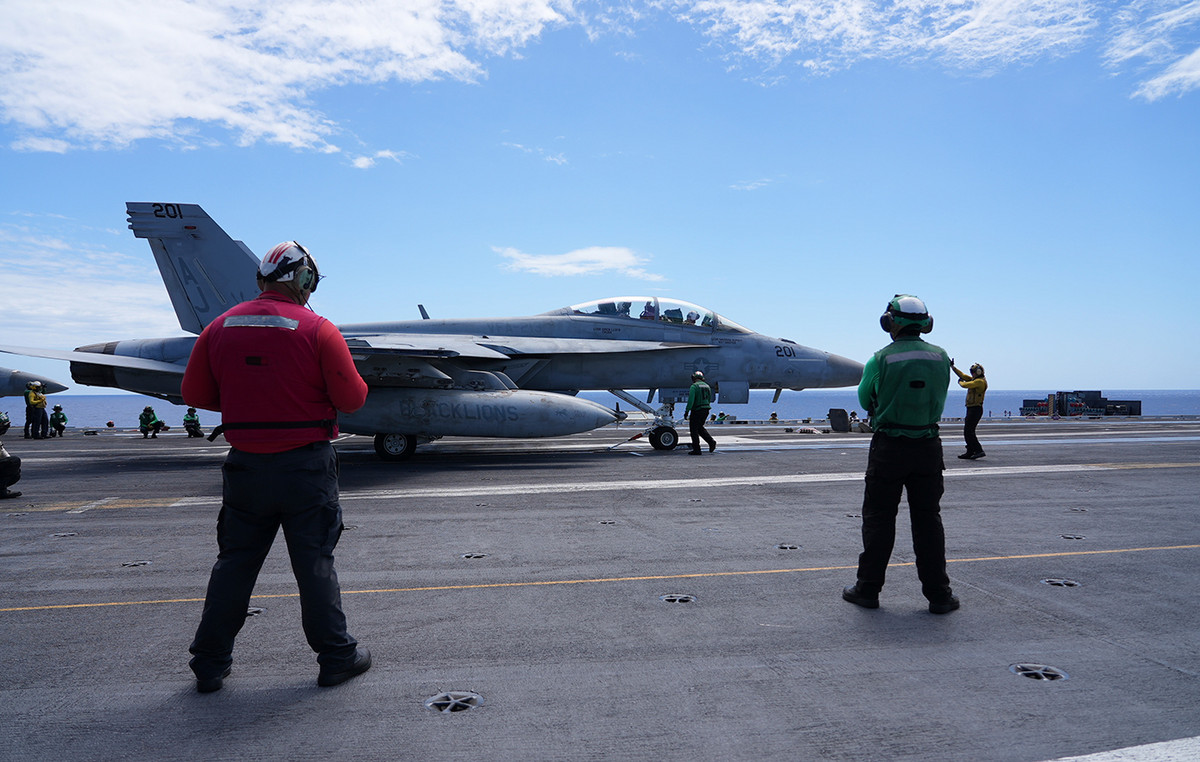A powerful storm in the Pacific Ocean, which is heading towards the Philippines, intensified into a super typhoon on Tuesday (25). According to meteorologists, the meteorological phenomenon could hit the northern part of the country before moving to Taiwan, Hong Kong or mainland China later this week.
Super Typhoon Doksuri is building winds of around 240 km/h and is the equivalent of a Category 4 hurricane in the Atlantic Ocean.
The storm is moving north and northwest at 15 km/h and is expected to pass over or near the Babuyan Islands in the Philippines within the next 24 hours, according to the country’s meteorological agency.
Along with the strong winds, significant rainfall is also expected, especially on the Babuyan Islands and northern Luzon, the largest and most populous island in the Philippines. “Under these conditions, flooding and rain-induced landslides are highly likely,” the department warned.
Doksuri, which is also known as Egay in the Philippines, could continue to strengthen as it heads into the northern part of the South China Sea – meaning potential problems for Taiwan, Hong Kong and parts of southern China.
According to the National Meteorological Center of China, the now super typhoon could hit the provinces of Fujian and Guangdong on Friday morning (28). Fujian province raised its typhoon emergency warning to the third-highest level on Tuesday and urged fishing boats to return to port as soon as possible.
But the typhoon’s exact path is still unclear, with the Hong Kong Observatory saying over the weekend that there were several possible routes for it.
The typhoon could pass through the island of Taiwan; it could turn south, missing Taiwan and hitting the southern coast of Guangdong, China, including Hong Kong; or he could go north, sparing both.
The observatory said the typhoon’s final trajectory will be guided by a variety of factors, such as subtropical ridges bringing high atmospheric pressure or monsoons bringing low pressure.
Communities in the typhoon’s path are now bracing for the impact, with Philippine President Bongbong Marcos suspending all public school classes and closing government offices in the capital region on Monday, except those carrying out critical services.
The suspension was also in part due to a three-day strike by transport workers.
The Filipino also urged people living in “highly susceptible” areas to follow evacuation orders and other instructions from local authorities.
The Hong Kong Observatory urged the public to monitor weather announcements, warning that the typhoon will bring a lot of heat and storms ahead of its arrival. The city has just experienced another storm, Typhoon Talim, a week ago, which prompted authorities to close schools and the stock market.
Taiwan’s meteorological agency issued an offshore warning on Monday night as waves could reach 6 meters high along the coast.
Source: CNN Brasil
Bruce Belcher is a seasoned author with over 5 years of experience in world news. He writes for online news websites and provides in-depth analysis on the world stock market. Bruce is known for his insightful perspectives and commitment to keeping the public informed.







